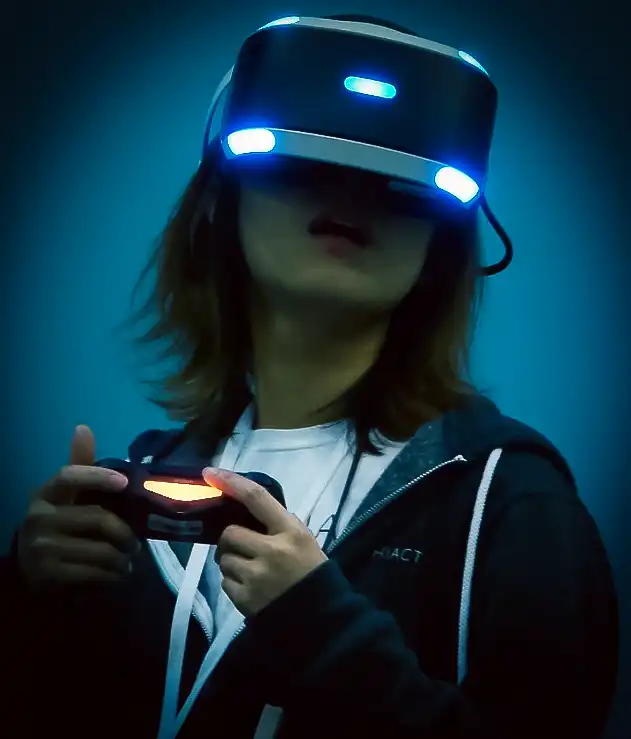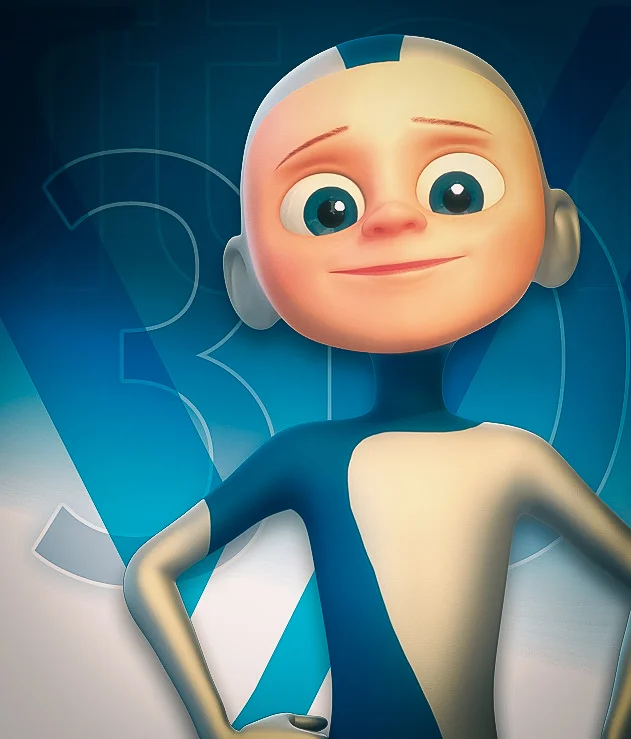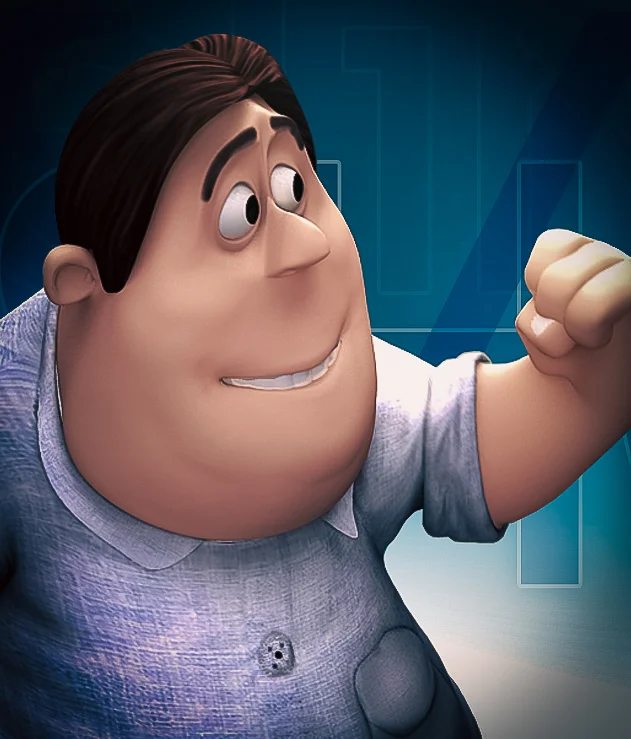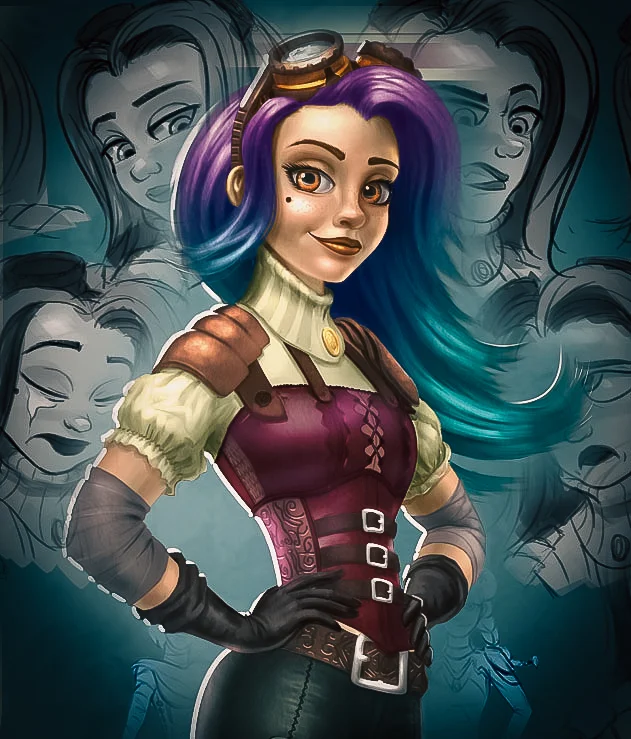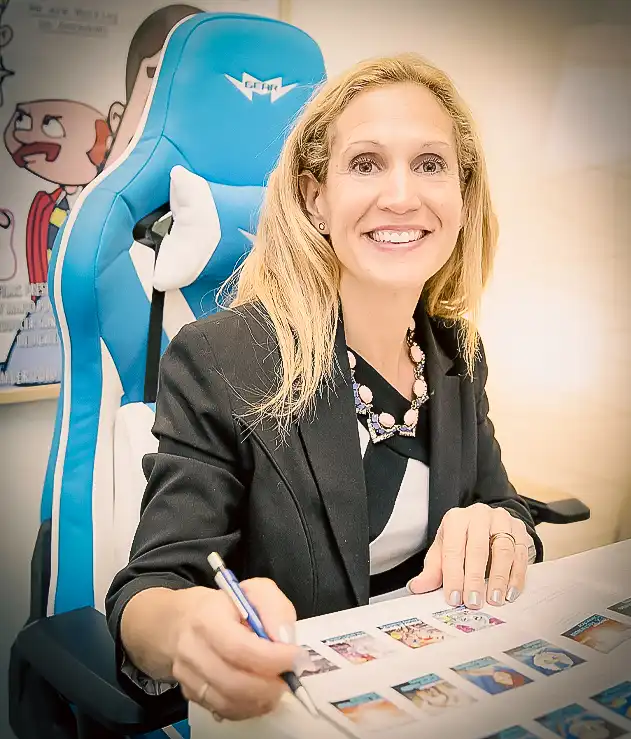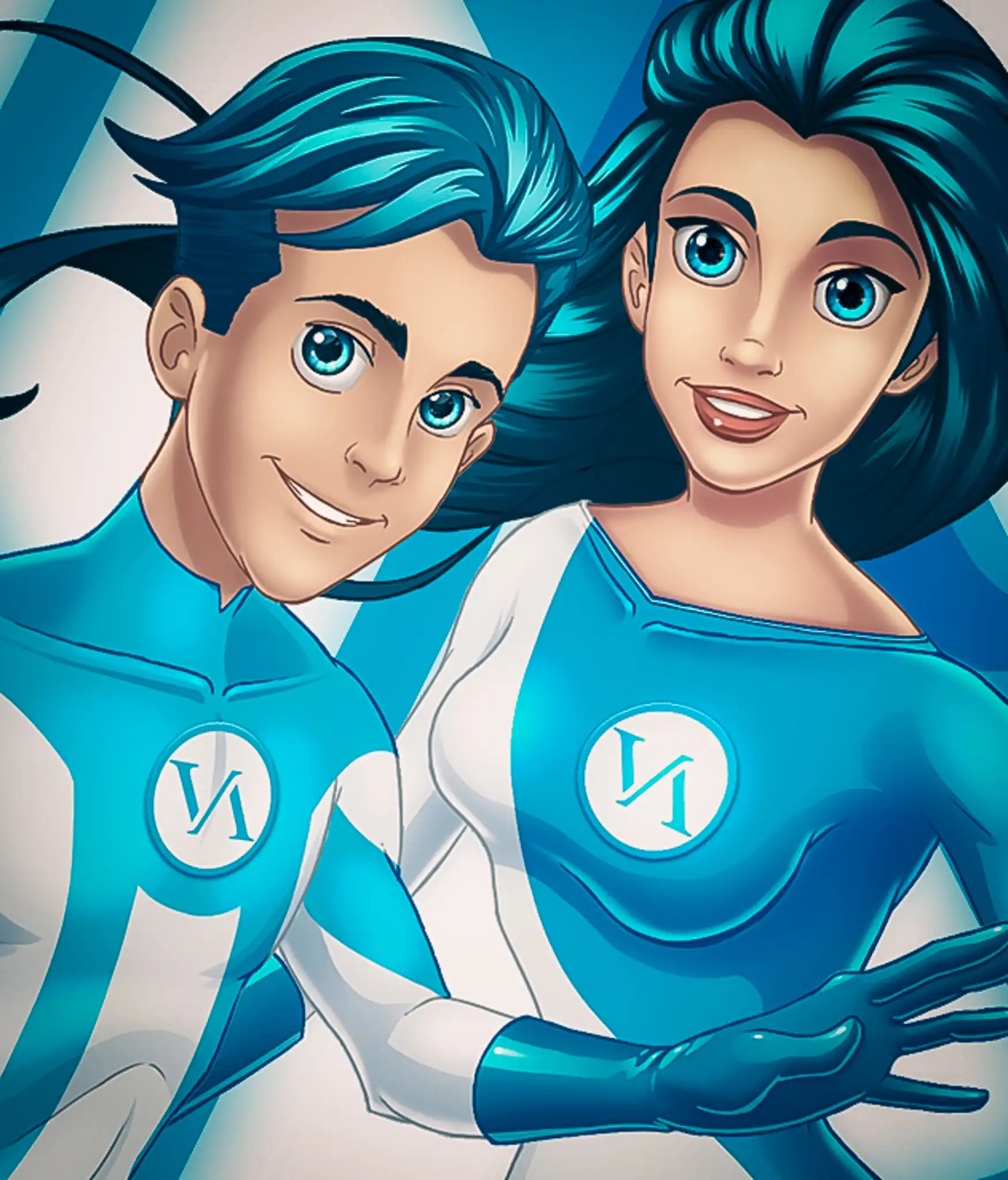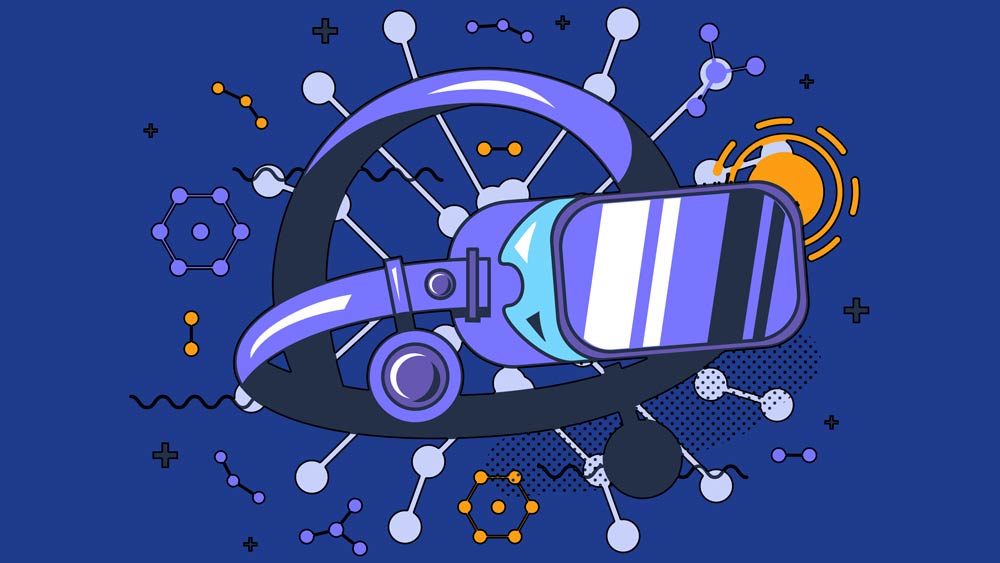 Image: Barsrsind (Motion Array)
Image: Barsrsind (Motion Array)
Author: VANAS Team
Learn to Design Virtual Reality Worlds Like Sandbox VR
Table of Contents
- Virtual Reality in Entertainment
- What is Sandbox VR?
- How Sandbox VR is Shaping the Future of Virtual Reality
- Why Learn Virtual Reality Design?
- How VANAS Online Animation School Prepares You for a VR Career
- Career Opportunities in Virtual Reality Design
- Frequently Asked Questions
Virtual Reality in Entertainment
Virtual reality has transformed from a futuristic concept into a mainstream form of entertainment. Today, it is used in video games, theme parks, training simulations, and even educational experiences. With the rapid development of VR technology, the demand for skilled professionals in this field is growing. Companies are looking for designers, developers, and animators to bring immersive virtual worlds to life.
If you're passionate about animation and digital art, learning virtual reality design can open doors to an exciting career. The ability to create fully immersive experiences requires an understanding of 3D modeling, animation, and interactive storytelling—all skills that can be developed through specialized training.
What is Sandbox VR?
Sandbox VR is a company that offers a cutting-edge virtual reality experience. Unlike traditional VR gaming, where players remain stationary, Sandbox VR allows full-body movement. Players wear VR headsets, haptic vests, and motion capture sensors, making the experience feel incredibly real.
At Sandbox VR locations, groups of players enter a virtual world together, where they can fight zombies, explore alien planets, or become futuristic warriors. The combination of high-quality animation, real-time motion tracking, and immersive environments sets Sandbox VR apart from typical VR arcades.
How Sandbox VR is Shaping the Future of Virtual Reality
Sandbox VR demonstrates how animation and interactive design play a crucial role in the future of entertainment. Every virtual environment must be carefully designed, animated, and programmed to create a seamless experience.
Key elements that make Sandbox VR so immersive:
- Lifelike Animation – Characters and environments are designed with detailed animations that react to player movements.
- Real-time Motion Capture – Players' real-world actions are mirrored in the game using advanced tracking technology.
- Haptic Feedback – Vests and accessories allow players to "feel" impacts and interactions within the virtual world.
- Multiplayer Interaction – Unlike solo VR games, Sandbox VR allows friends to share a fully immersive experience.
These technologies rely on skilled artists and designers who specialize in virtual reality. As VR continues to grow, more professionals will be needed to create these experiences.
Why Learn Virtual Reality Design?
The skills required for virtual reality design go beyond traditional animation. VR designers must understand how users interact with 3D spaces and how to create responsive, engaging environments.
Reasons to study virtual reality design:
- Growing Industry – The demand for VR designers is increasing across gaming, film, education, and healthcare.
- High Creativity – VR design allows artists to create entire digital worlds from scratch.
- Advanced Animation Skills – VR requires animation techniques that are more dynamic and responsive than traditional media.
- Expanding Career Opportunities – VR design isn't limited to gaming; industries like architecture, medical training, and engineering use VR technology.
How VANAS Online Animation School Prepares You for a VR Career
VANAS Online Animation School offers a Virtual Reality Design program that teaches students the fundamentals of creating immersive experiences. This program covers:
- 3D Modeling & Animation – Learn to design and animate characters, objects, and environments for VR applications.
- Game Engine Integration – Use industry-standard tools like Unreal Engine and Unity to bring virtual worlds to life.
- User Experience in VR – Understand how to design environments that are interactive and engaging for players.
- Motion Capture Techniques – Learn how real-time tracking enhances character animation and gameplay.
By training at VANAS, students develop the skills needed to work on projects like Sandbox VR and other cutting-edge virtual reality experiences.
Career Opportunities in Virtual Reality Design
As VR technology expands, so do job opportunities in the field. With a background in animation and VR design, you can pursue roles such as:
- VR Animator – Creates character animations and movements for VR experiences.
- Environment Designer – Builds 3D worlds for virtual simulations and games.
- VR Game Developer – Programs and designs interactive VR games.
- Motion Capture Specialist – Works with technology that tracks real-world movement and applies it to animated characters.
- User Experience (UX) Designer – Focuses on making VR interactions intuitive and engaging.
Companies like Sandbox VR rely on skilled artists and designers to develop new experiences, making VR design a smart career choice for those interested in animation and interactive storytelling.
Frequently Asked Questions
What software is used in virtual reality design?
- Popular VR design software includes Unity, Unreal Engine, Blender, and Maya for creating 3D assets and environments.
Is virtual reality only used in gaming?
- No. VR is used in healthcare, education, real estate, and military training, in addition to gaming and entertainment.
Do I need to be a programmer to work in virtual reality design?
- Not necessarily. While programming knowledge is helpful, many VR design jobs focus on 3D modeling, animation, and user experience.
How long does it take to become a VR designer?
- It depends on your starting skill level. VANAS offers a structured program to help students gain the necessary skills in a reasonable time frame.
What kind of jobs can I get with a background in VR design?
- You can work as a VR animator, environment designer, game developer, motion capture specialist, or UX designer in industries like gaming, film, and training simulations.

